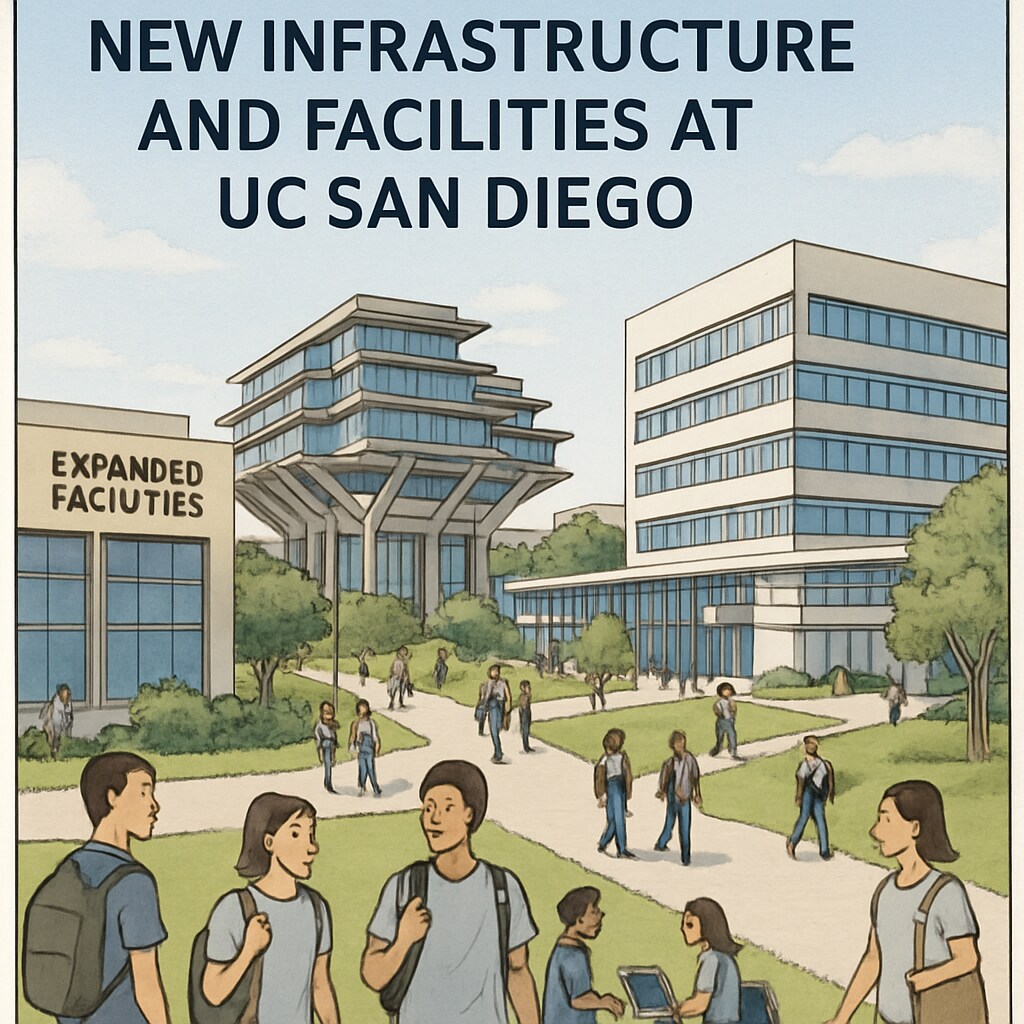The recent announcement of UC San Diego’s ambitious expansion plan has sent ripples across the educational ecosystem. As one of the most prestigious universities in California, UC San Diego is not only aiming to transform its own infrastructure and enrollment capacity but also to impact K-12 education systems nationwide. This large-scale initiative will redefine admission competition, reshape resource allocation, and create a lasting legacy for both higher education and K-12 institutions.

The Ambitious Goals of UC San Diego’s Expansion
UC San Diego’s expansion plan involves increasing enrollment by tens of thousands of students over the next decade. This growth includes constructing new residential complexes, academic facilities, and research centers, all designed to accommodate the surge in student numbers. The university aims to meet the growing demand for higher education in California while maintaining its reputation for academic excellence.
In addition to physical growth, UC San Diego is investing in digital transformation, offering more online courses and hybrid learning models. These efforts not only increase accessibility but also position UC San Diego as a leader in innovative education. For more on UC San Diego’s history and accomplishments, visit UC San Diego on Wikipedia.
Impact on K-12 Education Systems
The ripple effects of UC San Diego’s expansion are already being felt within K-12 education systems. As the university opens its doors to more students, the competition for admission will intensify, prompting high schools to reevaluate their academic priorities. Many K-12 institutions may increase their focus on STEM (Science, Technology, Engineering, and Mathematics) subjects to align with UC San Diego’s academic strengths.
Furthermore, the expansion will drive demand for better college preparation programs. High schools may need to invest in advanced placement (AP) courses, extracurricular activities, and partnerships with universities to ensure their students are well-prepared for the rigorous application process. These adjustments could lead to disparities in resource allocation, particularly for underfunded schools. For a broader look at K-12 education challenges, consider exploring education systems on Britannica.

Balancing Accessibility and Excellence
While UC San Diego’s expansion aims to increase accessibility to higher education, it also raises critical questions about maintaining academic excellence. The university must ensure that its admissions criteria, faculty resources, and student support services can sustain the influx of new students without compromising quality.
Moreover, this expansion could exacerbate existing inequities in K-12 education. High-performing schools may thrive under the new system, while under-resourced schools struggle to keep pace. Addressing these disparities will require collaboration between UC San Diego, state governments, and local school districts.
Looking Forward: The Future of Educational Integration
UC San Diego’s expansion plan is a bold step toward addressing the growing demand for higher education. Its impacts will not be confined to the university itself but will cascade through K-12 systems, reshaping how students prepare for college and how schools allocate their resources. This initiative exemplifies the interconnectedness of educational institutions and underscores the need for strategic planning at every level.
As the expansion unfolds, it will be essential to monitor its effects and adapt policies to ensure equitable access to education for all students. UC San Diego’s vision may serve as a blueprint for other universities aiming to balance growth, accessibility, and academic excellence.
Readability guidance: The article uses concise paragraphs and lists to summarize key points. It maintains an active voice and incorporates transitional words to enhance flow. Two external links provide authoritative information, while images contextualize the discussion.


